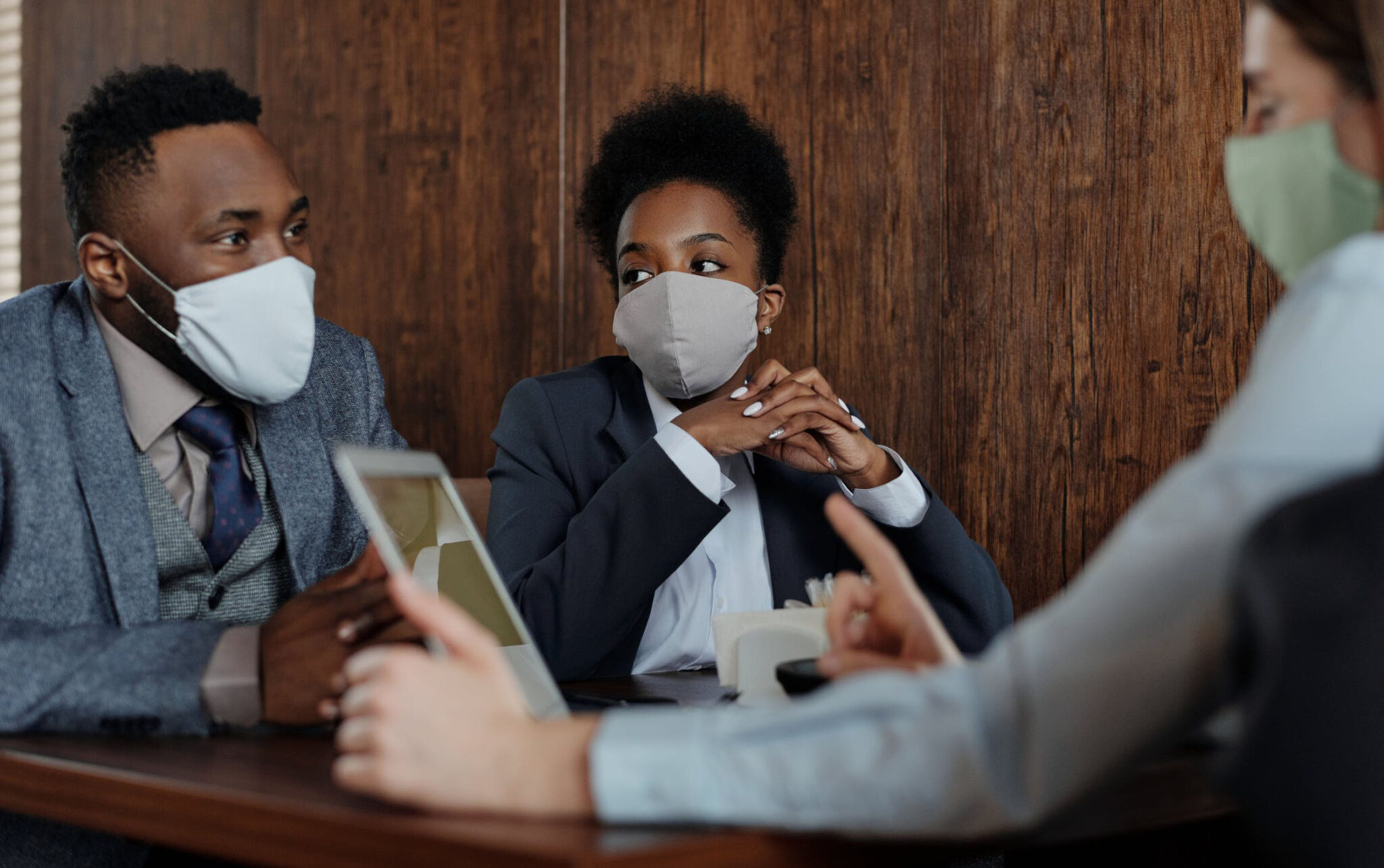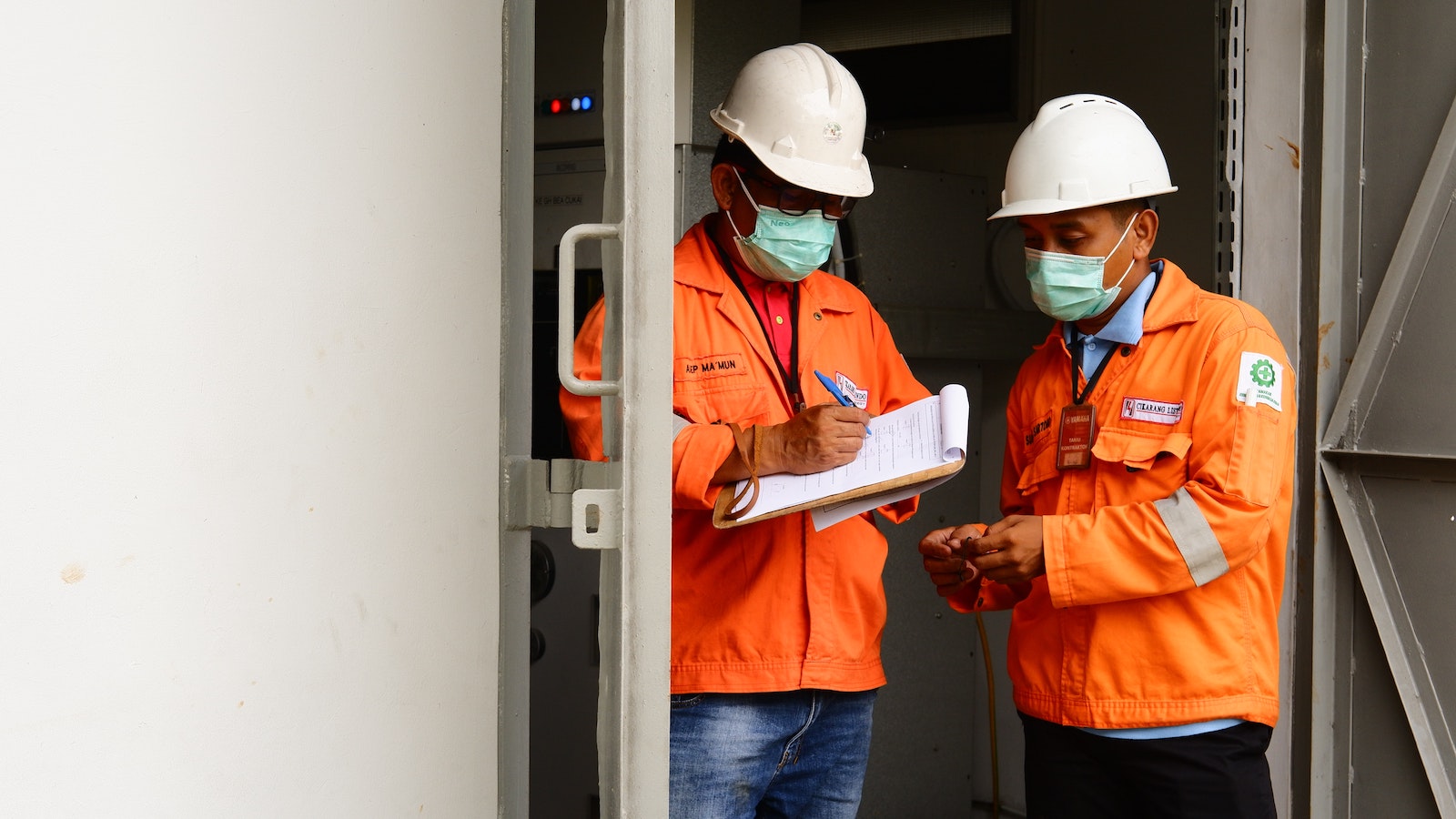On March 2, the California Future of Work Commission released its final report. It includes the key findings and its recommendation for a new social compact for work and workers in California by 2030. When the commission began its work in 2019, the focus was on technological disruption of traditional employment. But, as the report notes, “The pandemic has amplified and accelerated existing trends and challenges, bringing many aspects of the future of work forward.”
The report is must reading for all in the workers’ compensation community — even if the words “workers’ compensation” do not appear in it.
In its broadest sense, the report calls for specific steps to create a comprehensive, secure environment for workers. This environment includes material and physical security both at work and in society in general. As such, in the report’s 15 recommendations there are familiar themes of wage adequacy and, acknowledging the intervening COVID-19 pandemic, the need for a safe workplace. For example:
“Essential and front-line workers face both economic vulnerabilities and health and safety risks, and are disproportionately female and workers of color.”
“Front-line workers and workers who must be physically present to work must have support to enable them to stay home when sick, have access to appropriate protective equipment, and be ensured safe and sanitary workplaces.”
These, and the other recommendations in the report, are a catalogue of issues that have been confronting policymakers in city halls, state capitals and Washington, D.C., for the past decade. California is at the forefront of this debate, from local jurisdictions adopting hazard pay ordinances and challenging the “gig” economy, to the OSHA Standards Board implementing their COVID-19 Prevention Emergency Temporary Standard, to the many new employment-related state laws, including Assembly Bill 5 adopting the “ABC Test” for worker classification disputes. Much of what the commission identifies as a new social contract would seem to be resting on an existing – and expanding – foundation made in California.
We remain in the midst of the pandemic. While states and the federal government have eased many restrictions on activities due to vaccinations and corresponding decreasing infection rates, the laws, regulations and executive orders emerging from this crisis create public policy issues extending well beyond reopening. One of the many challenges facing America in general, and California in particular, is defining what “normal” is to become.
The infusion of massive amounts of public funds into businesses and to individuals makes a return to the status quo ante COVID virtually impossible. State and federal budgets contain trillions of dollars of expenditures to support economic recovery. It is unrealistic to expect individuals in low-paying essential critical infrastructure jobs to continue to participate fully in a “recovered” economy after losing supplemental paid sick leave and, in some cases, higher wages associated with working in a hazardous vocation.
For employers and employees, the exigent circumstances that caused the creation of supplemental paid sick leave and hazard pay for essential workers should not be looked at in isolation. This is part of a bigger picture that began years ago with efforts to make a $15-per-hour minimum wage the law in all states and for the federal government and implicates the still highly unsettled world of worker classification. Yes, the long reach of the Dynamex decision extends to the post-COVID future of work. So, too, does the equally unsettled world of co-employment. And not just in California.
Whether Congress will pass the Protecting the Right to Organize (PRO) Act is certainly in doubt, at least as long as the filibuster exists in the Senate. But the president has said he will sign it if it gets to his desk. Among its many provisions is bringing the “ABC Test” of Dynamex to the entire country.
What does this have to do with assessing the workers’ compensation long-term public policy effects of COVID-19? Quite a lot, actually.
Policymakers cannot meet the objectives of the commission’s report, or the PRO Act, or any of hundreds of other laws, regulations and ordinances if they reduce the discussion of workers’ compensation to a debate over what is presumed to be a work-related injury. Policymakers must identify how to integrate workers’ compensation programs into an overall commitment to worker security implicit in the commission’s work and similar endeavors across the country. While currently focused on COVID, this effort must extend well beyond the pandemic.
See also: Pandemic Reshapes Personal Lines Plans
Consider this excerpt from the pre-pandemic directive of the Obama administration, the Presidential Policy Directive -- Critical Infrastructure Security and Resilience (PPD-21), released Feb. 12, 2013:
“Critical infrastructure must be secure and able to withstand and rapidly recover from all hazards. Achieving this will require integration with the national preparedness system across prevention, protection, mitigation, response and recovery.…The term ‘all hazards’ means a threat or an incident, natural or manmade, that warrants action to protect life, property, the environment and public health or safety, and to minimize disruptions of government, social or economic activities. It includes natural disasters, cyber incidents, industrial accidents, pandemics, acts of terrorism, sabotage and destructive criminal activity targeting critical infrastructure.”
For large businesses – including insurers – this process of prevention, protection, mitigation, response and recovery is the basis for enterprise risk management. For small businesses and entrepreneurs, developing a risk awareness and response program is more difficult. As COVID-19 has shown, when there is a threat to critical infrastructure, the risk to employees is not limited to the workplace. The commission report underscores that the scope of risk to workers during the pandemic is also more than to health, as employees in businesses, such as hospitality or restaurants, can attest given the high level of unemployment caused by stay-home orders and travel restrictions.
As we move forward, there needs to be a comprehensive effort to integrate the public and private institutional response to the next event placing critical infrastructure at risk. That effort involves all who will be expected to contribute to the resiliency and recovery of not only our essential critical infrastructure, but of the essential workers without whom no recovery can happen.








